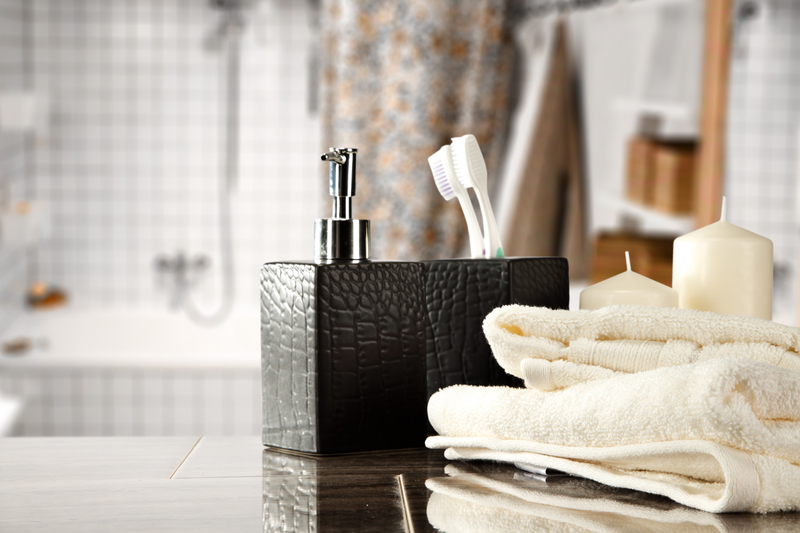The Hidden Dangers of DIY Piano Moving and How to Stay Safe
Moving a piano may seem like just another household task, but it's one that comes with unique and significant risks. Many homeowners attempt DIY piano moving to save money or time, overlooking the potential dangers and complications associated with handling such a massive, delicate instrument. In this comprehensive guide, we'll uncover the hidden dangers of moving a piano yourself and share *essential safety tips* to help you avoid costly or even dangerous mistakes.

Why Is DIY Piano Moving So Dangerous?
At first glance, a piano may appear like a big piece of furniture. However, moving a piano is far more complicated due to sheer size, weight distribution, and internal mechanics. Upright pianos often weigh between 300 and 500 pounds, while grand pianos can weigh well over 1,000 pounds. Combine this with awkward shapes and fragile components, and you have a recipe for disaster if not handled correctly.
The Risks to Personal Safety
Attempting a DIY piano move puts you and anyone helping you at risk of various injuries. Here's how:
- Back Injuries: Incorrect lifting techniques or underestimating the piano's weight can easily result in serious back strains or herniated discs.
- Crushed Fingers and Toes: One slip can cause severe damage to your hands or feet, especially if the piano tips or shifts unexpectedly.
- Slips, Trips and Falls: Pianos are unwieldy. Losing balance while navigating stairs or tight corners is a common hazard, potentially leading to falls.
- Muscle Strains: Even if you manage to avoid dropping the piano, dragging or pushing a heavy instrument through your house can cause muscle strains and joint pain.
- Pinched Nerves: Improper handling, especially in tight spaces, can compress nerves in your fingers, arms, or legs, leading to long-term issues.
The Risks to Your Piano
Your piano is a complex, sensitive, and valuable instrument. mishandling during a DIY move can cause:
- Structural Damage: Pianos are not just heavy--they're also surprisingly delicate. Dropping or bumping a piano can crack the frame, warp the soundboard, or dislodge internal components.
- Tuning Issues: Minor jolts or improper positioning will knock the piano out of tune, requiring professional adjustment afterward.
- Finish Scratches: Moving an unprotected piano across thresholds or up stairs can damage the glossy finish, detracting from its beauty and value.
- Broken Legs or Casters: Upright and grand pianos sit on fragile legs that can snap if not lifted or supported properly during the move.
- Internal Mechanism Damage: The hammers, keys, strings, and action are vulnerable to sudden force or vibrations during transportation.
The Risks to Your Home
A do-it-yourself piano move doesn't just threaten your safety and your piano--it also endangers your home:
- Dented Walls and Doorways: Even a controlled slip can gouge walls, chip paint, or knock plasterboards loose.
- Scratched Floors: Dragging a heavy piano across hardwood, tiles, or carpets will almost certainly leave marks or tears in your flooring.
- Broken Stairs or Balusters: The immense weight may crack wooden staircases or dislodge banisters if not maneuvered cautiously.
- Damaged Thresholds and Corners: Tight turns are particularly hazardous, often resulting in cosmetic and structural damage when not executed with precision.
Common Mistakes in DIY Piano Moving
Many unsuspecting movers make easily avoidable mistakes during a DIY piano move. Recognizing and addressing these errors is crucial for safe transportation:
- Lack of Proper Equipment: Piano dollies, moving straps, and pads are specifically designed to handle the piano's weight and shape. Using standard home tools is a shortcut that can end in disaster.
- Underestimating Manpower: A typical upright piano requires at least four strong adults experienced in heavy lifting. Trying to move with fewer people increases injury risk.
- Poor Communication: Effective team coordination is vital to avoid sudden shifts or drops. Failure to plan the move or communicate clearly through every turn can be catastrophic.
- Ignoring Pathways and Obstructions: Failing to clear the route--including doors, runners, furniture, and loose rugs--can cause the piano to catch or tip unexpectedly.
- No Protection for the Piano or Premises: Not wrapping the instrument and not padding doorways, walls, or floors leads to dings, scratches, and more serious damage.
- Improper Balance and Handling: Attempting to roll a piano on its casters is a common mistake--most are decorative, not functional, and can break or dig into floors.
- Navigating Stairs Incorrectly: Steps present the most perilous part of any DIY piano move. Without the proper angling and support, both piano and movers are at risk.
How Professional Piano Movers Reduce These Dangers
There's a reason why professional piano movers exist. Hiring experts isn't just about convenience--it's about avoiding risk and protecting your investment. Here's how the pros make a difference:
- Specialized Equipment: They use purpose-built piano dollies, hoisting straps, padding, and ramps to ensure safe and smooth movement.
- Trained Teams: Movers are trained to understand piano anatomy, weight distribution, and the safest lifting/carrying techniques.
- Insurance Coverage: In the rare event of an accident, their insurance helps cover repair or replacement costs--something DIY moves almost never offer.
- Experience with Complex Moves: Professionals know how to disassemble and reassemble pianos, navigate narrow hallways, and plan for tight staircases without damage.
- Proper Vehicle Loading: Pros secure pianos for transportation, including climate considerations and position to prevent internal shifting or warping.
How to Stay Safe If You Must Move Your Piano Yourself
If hiring professional piano movers is absolutely out of the question, it's especially important to prepare thoroughly. Here's how to minimize risks:
1. Gather the Right Equipment and Supplies
- Piano Dolly: A heavy-duty dolly specifically designed for pianos supports the instrument's structure and weight for even movement.
- Moving Straps: Straps help distribute weight evenly and provide secure, ergonomic grip points for lifters.
- Moving Blankets and Padding: These protect the piano's finish and your home during transit.
- Stair Ramps: If navigating stairs, ramps offer a gentle incline and added control for moving the piano safely.
- Work Gloves and Closed Shoes: Gloves provide grip and protect fingers, while durable shoes with steel toes minimize risk of crushed toes.
2. Plan Your Route Thoroughly
Measure all doorways, hallways, and staircases in advance. Remove rugs, furniture, wall hangings, or tripping hazards from the path. If possible, disassemble doors or removable thresholds to create extra space.
3. Secure and Protect the Piano
- Lock or Tape the Keyboard Lid: This prevents the lid from flying open and damaging the keys or mechanism.
- Wrap the Piano: Use moving blankets or thick pads to cushion all surfaces, paying special attention to edges and corners.
- Secure Blankets Tightly: Use packing tape or bungee cords to hold covers in place, ensuring nothing can slip during movement.
4. Use Proper Lifting Techniques
Never attempt to move a piano with one or two people. Lift with your legs, not your back, and keep the piano upright at all times to prevent internal damage. Communicate with your team, counting down before making any move or turn, and always move slowly and cautiously.
5. Take Extra Care on Stairs and Tight Spaces
Stairs are the most dangerous aspect of DIY piano moving. Assign your most experienced movers to lead and guide. Use stair ramps where possible and break the route into manageable sections, resting between flights if necessary.
6. Secure the Piano in the Vehicle Properly
Always use a closed vehicle, preferably with a level floor. Strap the piano down tightly against a wall or corner, using moving pads to prevent vibration and shifting during transport. Avoid parking on severe slopes while loading or unloading.
7. Tune and Inspect Your Piano After the Move
No matter how careful you are, your piano will likely need retuning and an inspection by a technician to check for internal damage. Schedule this as soon as possible to restore sound quality and catch any minor damage before it worsens.

Frequently Asked Questions on Moving a Piano Yourself
Can I move a piano with just a few friends?
While it's technically possible, it's dangerous. Most upright pianos require at least four adults with experience handling heavy objects, plus all the right equipment. With fewer people, injury and damage are almost guaranteed.
What's the cost difference between hiring professionals and DIY?
DIY piano moving may seem like the cheaper option, but factor in potential costs for equipment rental, home repairs, piano repairs, medical bills, or injuries. Professional movers often come out ahead when you consider the total risk and overall expense.
Is it ever truly safe to move a grand piano yourself?
Moving a grand piano is extremely risky due to their weight, size, and irregular shape. For these instruments, hiring specialists with specific experience and equipment is strongly advised.
Is professional moving insurance worth it?
Absolutely! Most moving companies offer insurance coverage as part of their service, protecting your investment from unforeseen mishaps--a perk DIY moving can't match.
Conclusion: Don't Underestimate the Dangers of Piano Moving
Whether you're moving across the street or the country, the hidden dangers of DIY piano moving are very real. You're not just saving dollars--you may also be risking your personal safety, your cherished piano, and your home. Professional piano moving is almost always the wisest choice. If you must proceed with a DIY move, plan carefully, recruit ample help, and use the right tools--never compromise safety to save time or money. Your back, your piano, and your home will thank you.
For more tips on safe piano moving and caring for your instrument, consult with an expert and always err on the side of caution!



